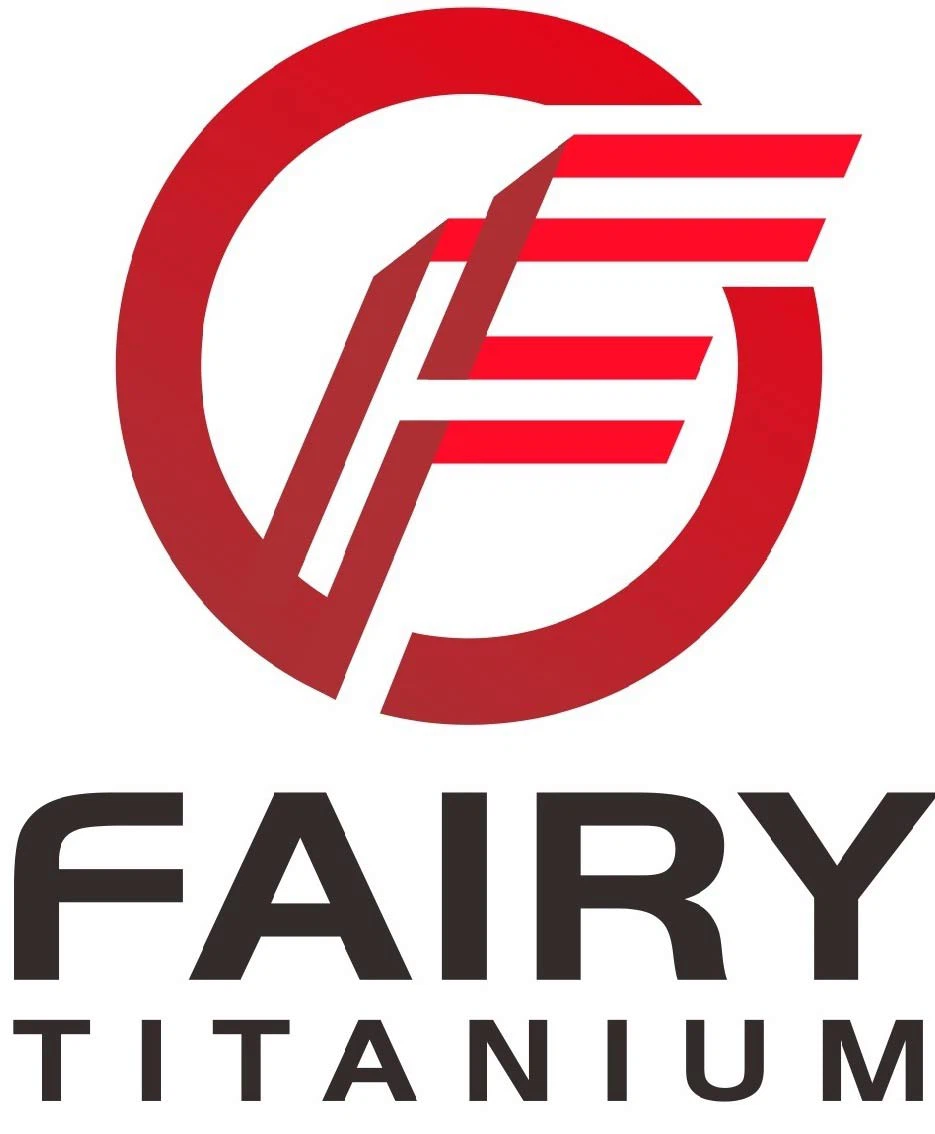The influence of wear debris on the fretting wear behavior of ti-6al-4v titanium alloys was studied by removing debris and preparing surface texture to store debris after a certain cycle of fretting.
The results show that, unlike the usual understanding, the removal of debris will result in a sudden drop in the coefficient of friction and the change curve of system deformation with the number of cycles, with maximum decreases of 63% and 41%, respectively, and the micro-cycle diagram will change accordingly. After a certain number of cycles, the generation and discharge of wear debris are re-balanced, and the friction coefficient and system deformation are restored to the level before the removal of wear debris.

Fretting wear test parameters
When grooved surface texture perpendicular to the micro direction is prepared on ti-6al-4v titanium alloy surface, a large amount of wear debris is trapped in the contact area by grooves, resulting in a large amount of wear debris between the contact surfaces, which leads to a larger coefficient of friction and system deformation than that without texture, with maximum increments of 21% and 47% respectively.
Scanning electron microscopy (SEM) after collecting the debris shows that the debris is loose and granular with the size concentrated at 0.2. μ M to 1.5 μ M and most of them are aggregated.

Macroscopic appearance of upper and lower samples after test
If you need relevant experimental data to understand our ti-6al-4v titanium alloys, please contact us at: tina@tmsalloy.com







